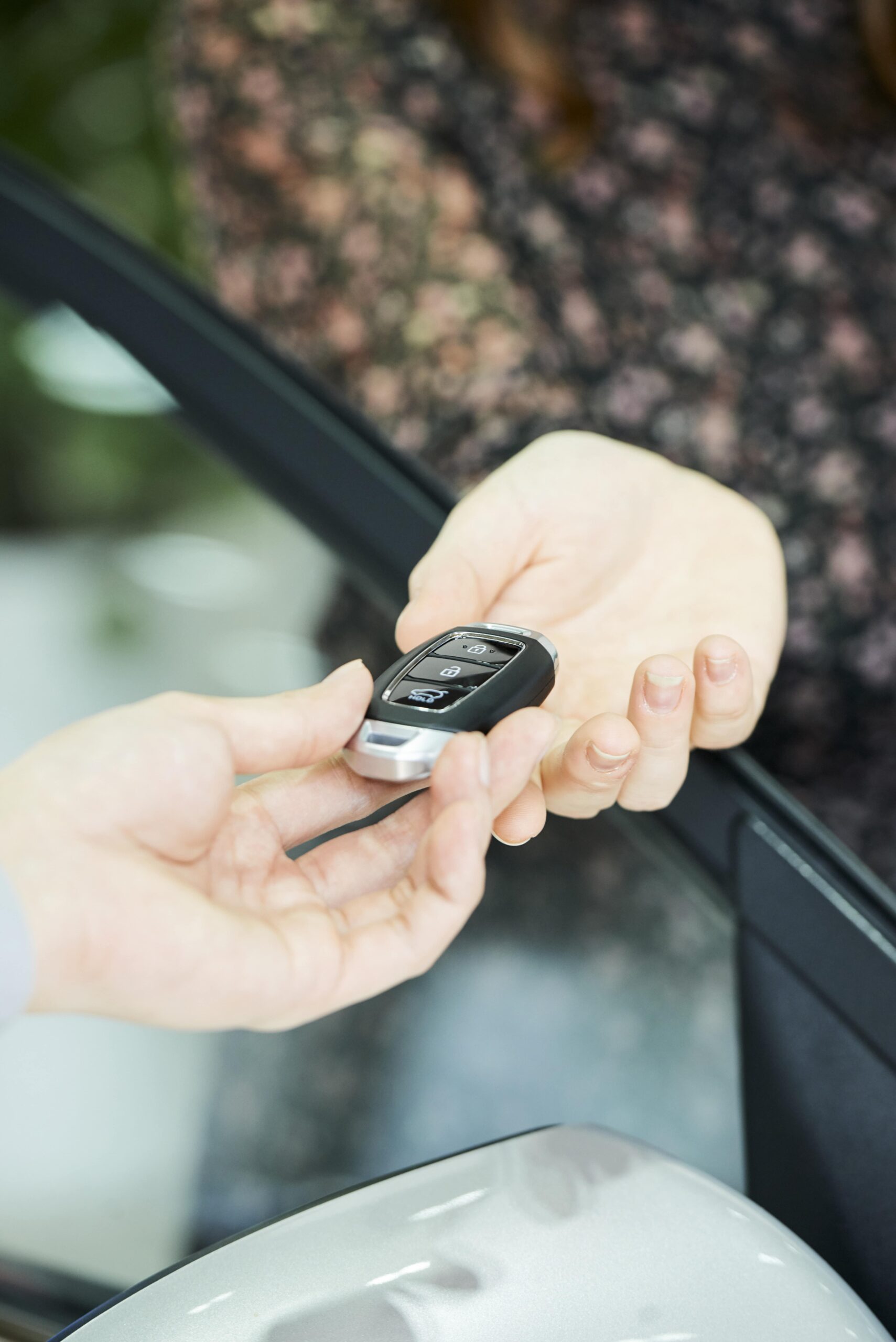The 9 Things Your Parents Taught You About Fix Car Ignition
페이지 정보
작성자 Nora 작성일 25-11-06 19:32 조회 2 댓글 0본문
How to Fix Car Ignition: A Comprehensive Guide
When experiencing issues with a car Ignition Locksmith system, it's important to determine the problem accurately and address it quickly. Ignition issues can lead to discouraging situations where beginning the lorry ends up being a task or, sometimes, impossible. This article supplies a comprehensive guide on how to detect and Fix Car Ignition typical Ignition Replacement Near Me problems, ultimately ensuring the dependable operation of your car.
Comprehending the Ignition System
Before delving into repairs, it's crucial to comprehend the parts of the ignition system. The ignition system is responsible for developing the stimulate necessary to spark the fuel-air mix in the engine's cylinders. Here are the main components involved:

- Ignition Coil: Converts battery voltage to the high voltage required to generate a trigger.
- Stimulate Plug: Creates the trigger that fires up the fuel and air mix.
- Distributor Cap and Rotor: Routes the electrical current to the appropriate cylinder.
- Ignition Switch: Provides power to the ignition system when the key is turned.
- Electrical wiring and Connectors: Transmit electrical current in between elements.
Typical Ignition Problems
Here are some common indications of ignition problems:
- Engine Cranks But Doesn't Start: Indicates that there may be a concern with the trigger or fuel supply.
- No Crank at All: Often indicates an issue with the battery, starter, or ignition switch.
- Periodic Starting Issues: Suggests a failing ignition module or a connection issue.
- Examine Engine Light On: May suggest a fault within the Ignition Switch Repair Shops system.
Identifying the Problem
Identifying Ignition Repair And Replacement problems often requires a methodical method. Follow this detailed guide to determine the source of your ignition problems:
Step 1: Check the Battery
- Check Battery Connections: Ensure that the battery terminals are clean and tight.
- Test Battery Voltage: Use a multimeter to inspect if the battery is providing appropriate voltage (typically 12.6 volts).
Action 2: Inspect the Ignition Switch
- Turn Key to Different Positions: If the engine does not crank, the ignition switch might be malfunctioning.
- Test for Voltage Output: Use a multimeter to look for voltage at the starter or ignition coil when turning the key.
Step 3: Examine the Ignition Coil
- Visual Inspection: Look for any indications of damage or rust.
- Checking the Coil: Use an ohmmeter to measure the resistance; compare the readings with the producer's requirements.
Step 4: Check the Spark Plugs
- Get Rid Of Spark Plugs: Inspect for wear and carbon accumulation.
- Check for Spark: Reconnect the trigger plug to the wire, ground it, and crank the engine to see if a stimulate is created.
Step 5: Review Wiring and Connectors
- Inspect Wiring: Look for frayed wires, deterioration, or loose connections that could hinder electrical circulation.
- Inspect Connectors: Ensure they fit snugly and are devoid of dirt or rust.
Repairing Common Ignition Issues
As soon as the issue has been detected, here prevail solutions for ignition system repairs:
Replacing Spark Plugs
- Eliminate old spark plugs and set up new ones according to the producer's requirements.
Fixing or Replacing the Ignition Coil
- Replace the ignition coil if it's found to be faulty after testing.
Repairing the Ignition Switch
- Replace the ignition switch if it stops working to offer power to the essential components.
Resolving Battery Issues
- Clean battery terminals and guarantee a secure connection. Replace the battery if it stops working to hold a charge.
Checking the Starter
- If the ignition system checks out but the engine still won't start, inspect the starter for problems.
Maintenance Tips for Preventing Ignition Problems
Preventative upkeep is vital for guaranteeing the durability of your ignition system. Here are some suggestions:
- Regularly Inspect Spark Plugs: Replace them every 30,000 to 50,000 miles.
- Examine Battery Health: Test your battery at least once a year and replace it if necessary.
- Keep Connections Clean: Regularly clean battery terminals and circuitry adapters to avoid rust.
- Listen for Unusual Noises: Pay attention to sounds like clicks or grinding, which may show starter problems.
FAQs about Car Ignition Issues
Q1: What are the indications of a stopping working ignition coil?
A1: Common signs consist of difficulty beginning the vehicle, bad acceleration, and engine misfires.
Q2: Can I drive with a faulty ignition switch?
A2: It is not recommended to drive with a defective ignition switch. It can lead to complete engine failure and increase your threat of accidents.
Q3: How typically should I replace spark plugs?
A3: Spark plugs should typically be changed every 30,000 to 50,000 miles, however always refer to your vehicle's owner's handbook.

Q4: What should I do if my engine won't begin after replacing elements?
A4: If the engine still won't begin, it may be needed to examine other systems, including fuel delivery and the starter motor.
Fixing car Ignition Key Repair problems needs a clear understanding of the ignition system's parts, a systematic method to diagnosis, and reliable repair techniques. By following the actions outlined in this guide, car owners can not only resolve their current ignition issues but likewise take steps towards long-term lorry reliability. Through regular maintenance and awareness of possible issues, drivers can guarantee that their cars start dependably and carry out optimally.
- 이전글 Are You Responsible For The Pet Door Fitter Budget? 10 Fascinating Ways To Spend Your Money
- 다음글 ignition casino
댓글목록 0
등록된 댓글이 없습니다.



